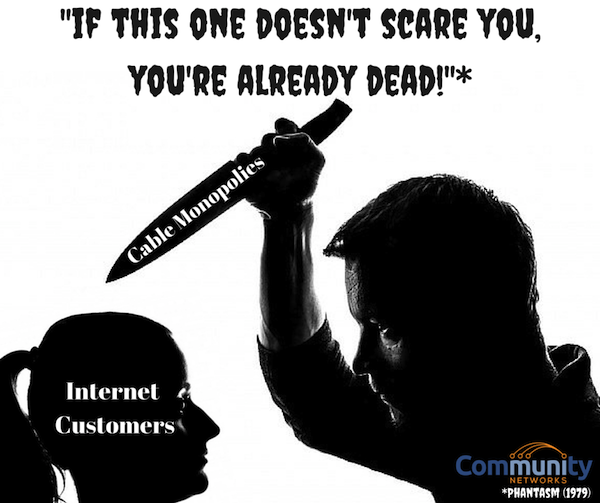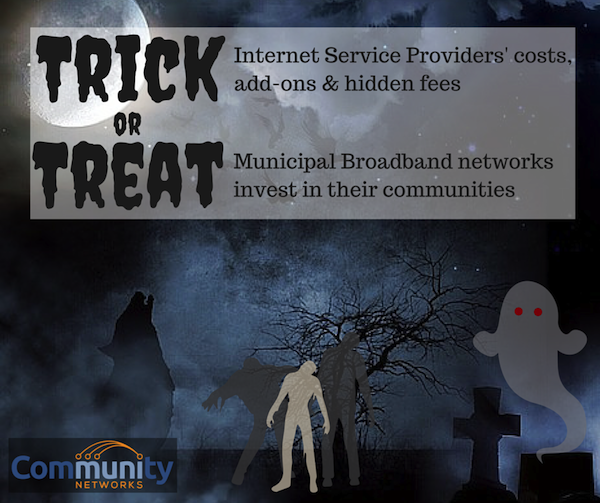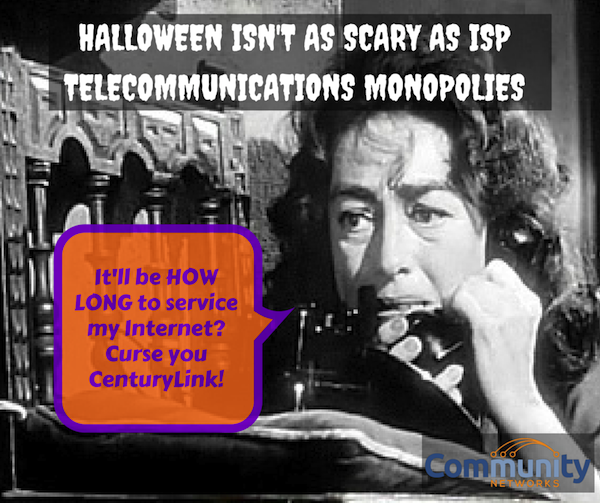The people in Kemp, population 1,100, have officially said "adios" to CenturyLink and now give their business to a local wireless provider, reports Government Technology. According to the article, the community grew tired of slipshod service and repeated service interruptions:
At one point, the city lost its Internet connection for five days. “That was the last straw because that was detrimental to us, because we depend on the Internet so much more, especially with our phone system," said [City Administrator Regina] Kiser. "We had just gone with the voice over IP [Internet protocol] when our system went down for five days, so you try to call city hall about various things, including the police department, and there was no phone. So, that was horrible.”
After a year of requests from the municipality for better service went unheeded, government officials decided it was time to make some changes:
“If you’re a government entity and you call in, they send you into cyberspace somewhere and your phone just rings and rings and rings, and I guess there’s just not any commission to be made on cities from what I’m understanding,” Kiser said. “This problem’s been going on for about a year, as far as not having the power we need to run our court program. So we tried, but it was just impossible to deal with CenturyLink.”
Kemp now works with One Ring Networks, where they receive service for a rate of $450 per month. There was no installation charge and in exchange, One Ring Networks is able to expand its network in the community. It now has the opportunity to sell service to residents and businesses in Kemp.
Unlike the typical "up to" speeds the big incumbents offer, One Ring Networks claims it "carves out" 5 Mbps download and upload for each subscriber, says Kris Maher from One Ring Networks:
“With the other carriers, that 10 Mbps by whatever is a best effort service, which means it can go up to 10 Mbps, but 10 Mbps isn’t guaranteed. Ours is right at 5 and it’s always going to be at 5, no matter who else is on our network.”
Kiser notes that residents are happy with their new provider and that, despite a brief delay caused by inclement weather, the upgrade was a simple task:












